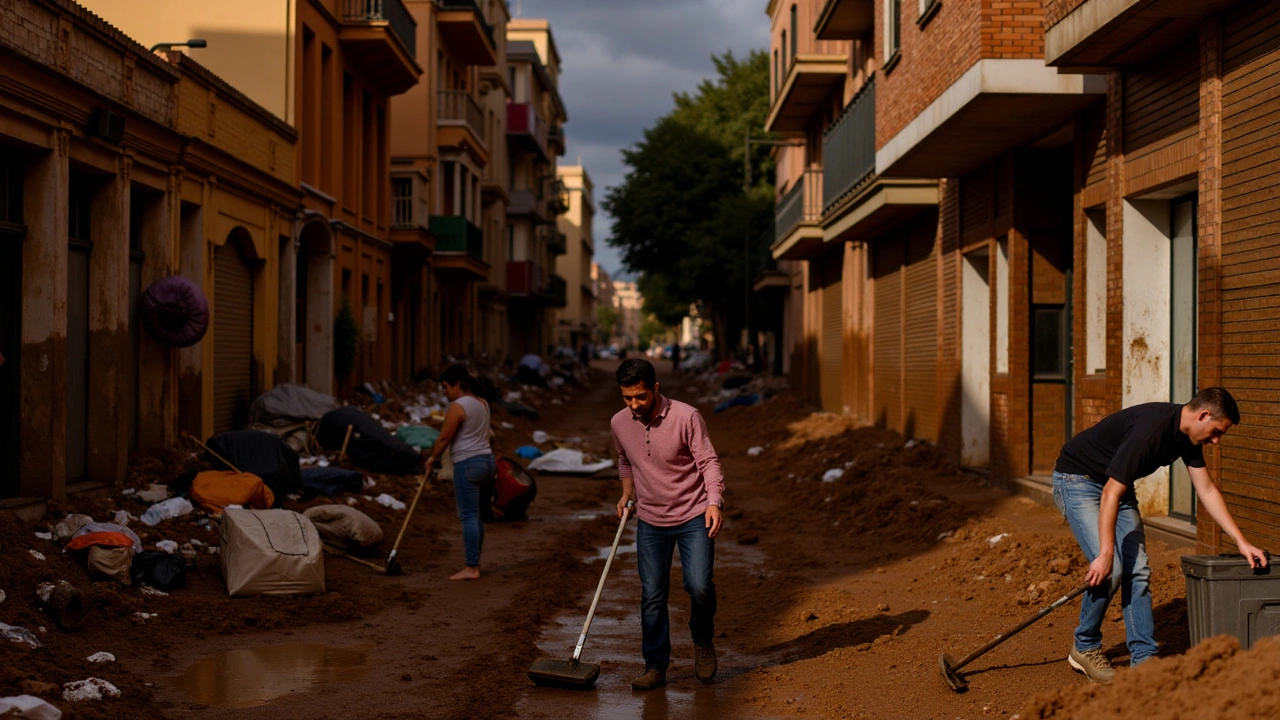Heavy rains: how to stay safe, protect your home and get updates
Heavy rains can turn normal streets into hazards fast. If you live in a flood-prone area or a city with poor drainage, a few simple steps before the next downpour can save you time, money and stress. Read these clear, practical tips you can act on today.
Before and during heavy rains
Check local forecasts every day during wet seasons. Use your national meteorological service, a reliable weather app, or local radio alerts. Sign up for SMS or WhatsApp alerts from local authorities if they offer them—those messages arrive even with weak data.
Put together a small emergency kit: bottled water for three days, non-perishable food, a torch with spare batteries, a basic first-aid kit, phone charger or power bank, copies of ID and insurance papers in a waterproof pouch, and cash. Keep the kit in an easy-to-grab spot.
Protect your home: clear gutters and storm drains, move valuables and electronics off the floor, raise appliances if possible, and plug holes around doors and windows. Use sandbags or heavy-duty plastic where water can enter. If you rent, ask your landlord about basic flood protections.
When rain hits, avoid walking or driving through floodwater. Six inches of moving water can knock a person down and 12 inches can sweep a small car away. If a road is flooded, turn around and find another route. Don’t try to cross underpasses or low bridges that fill up quickly.
If you must leave, tell a neighbour where you’re going and take the emergency kit. Keep pets inside and secure. If officials order an evacuation, follow instructions quickly—waiting only increases risk.
After the storm: cleanup, claims and health
Wait until authorities say it’s safe before returning. Photograph all damage—flooded rooms, ruined furniture, structural harm. Those images make insurance claims faster and clearer. Keep receipts for repairs and any emergency purchases.
Dry out your home fast to stop mold. Open windows when it’s safe, run fans, and remove wet carpets or mattresses to a dry area. If water reached wiring or heavy appliances, have a qualified electrician check before using them again.
Look after your health: avoid contact with dirty floodwater, which can carry sewage and chemicals. Wash hands often and get medical help for cuts exposed to floodwater. If drinking water looks unsafe, use boiled or bottled water until it’s cleared.
Community matters. Check on neighbours, especially older people and families with small children. If you can, help clear drains or share sandbags. Local volunteers often form the fastest response after storms.
Finally, review what worked and what didn’t. Update your emergency kit, register for any new alerts, and consider small home improvements like raising sockets or installing backflow valves. Simple changes now make the next heavy rain less painful.
For live updates and local reports on heavy rains across Africa, keep an eye on Patio Pulse. We post weather impacts and local news as it breaks—so you can plan, act and stay safe.

Intense Rainfall and Flood Crisis in Barcelona and Valencia: A Rescue Mission
Keabetswe Monyake Nov 4 6Barcelona experiences significant rainfall as rescue efforts intensify in Valencia to locate flood victims. The devastating floods last week led to 217 fatalities, particularly impacting Valencia due to continuous storms in eastern Spain. The storms have left behind a trail of destruction, and emergency services are tirelessly working to aid those affected and restore essential services amidst impending rains that threaten to worsen the situation.
More Detail